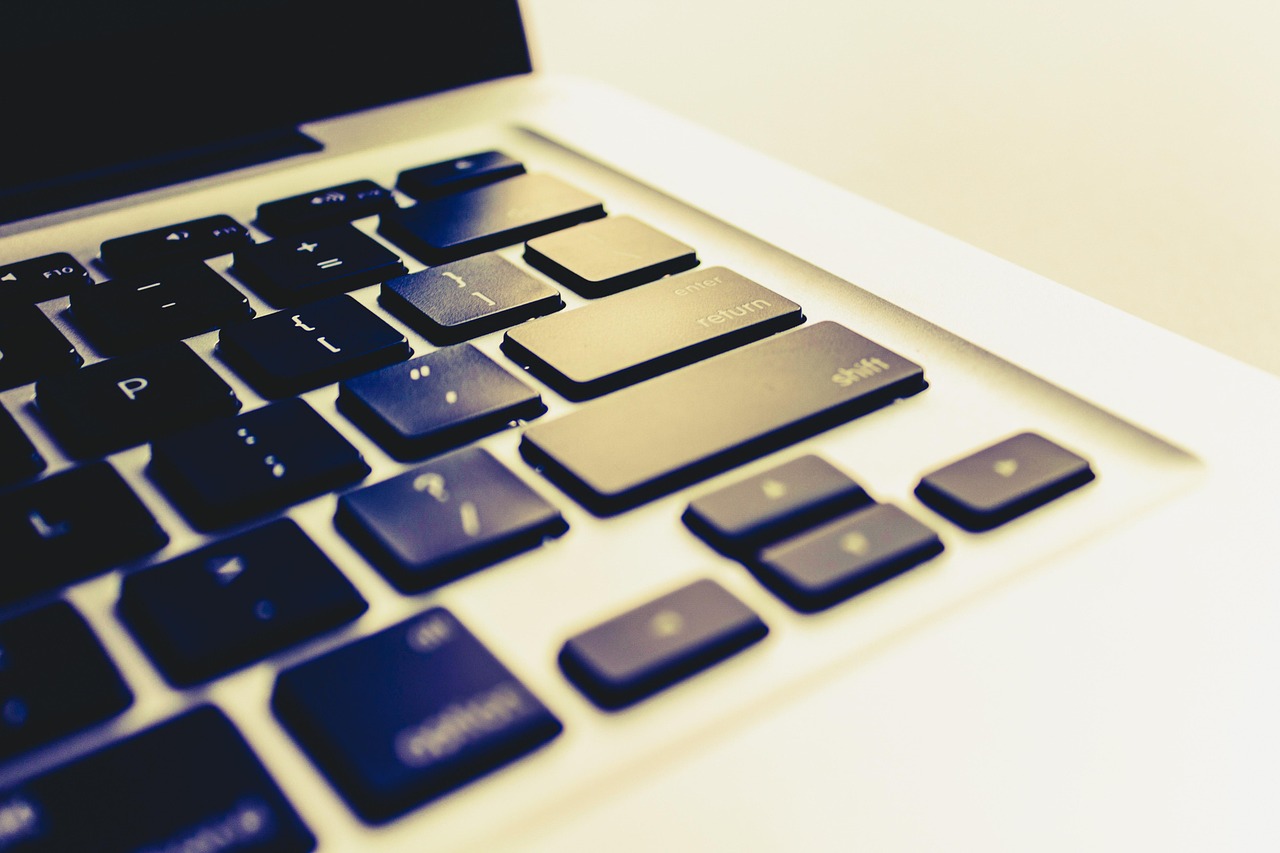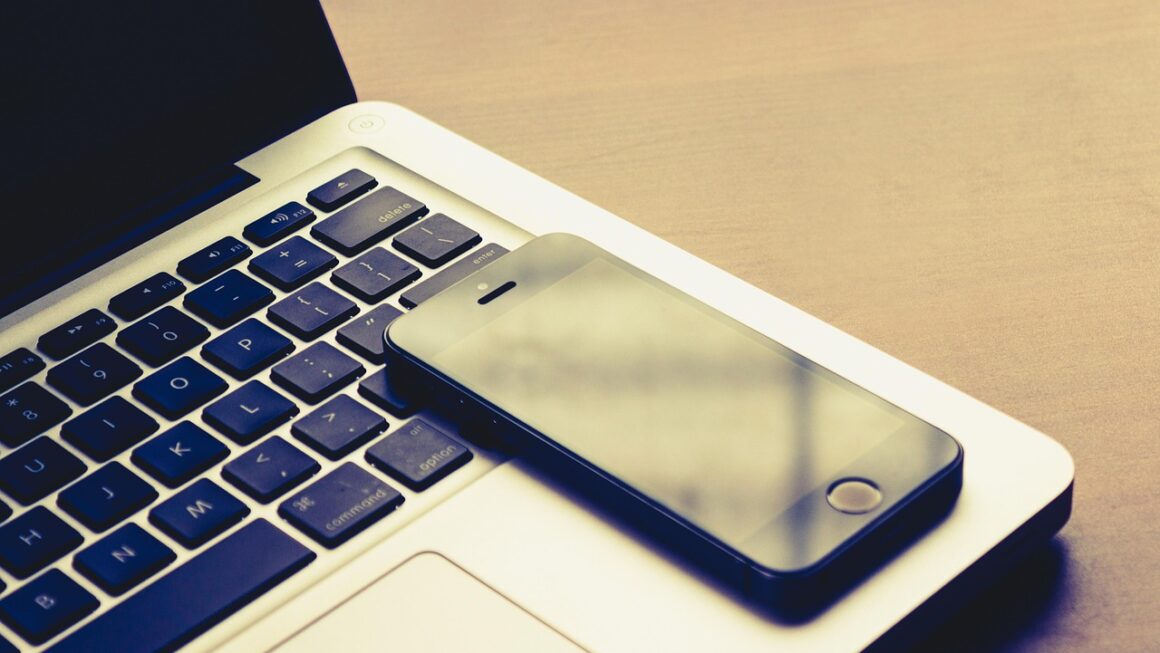AI image tools are revolutionizing the way we create, edit, and interact with visual content. From generating stunning artwork from simple text prompts to enhancing blurry photos with incredible detail, these tools are empowering artists, marketers, and everyday users alike. This blog post delves into the world of AI image tools, exploring their capabilities, benefits, and practical applications. We’ll examine how these technologies are changing the creative landscape and what you need to know to harness their power.
Understanding AI Image Generation
What is AI Image Generation?
AI image generation refers to the process of creating images using artificial intelligence algorithms. These algorithms, often based on deep learning models like Generative Adversarial Networks (GANs) and diffusion models, are trained on vast datasets of images. They learn patterns and relationships within the data, enabling them to generate new, original images based on text prompts, existing images, or other input parameters.
- Generative Adversarial Networks (GANs): GANs consist of two neural networks, a generator and a discriminator, that work in opposition to each other. The generator creates images, while the discriminator tries to distinguish between real and generated images. This adversarial process leads to the generation of increasingly realistic images.
- Diffusion Models: Diffusion models work by gradually adding noise to an image until it becomes pure noise. Then, the model learns to reverse this process, starting from noise and gradually removing it to reveal a coherent image. This process often leads to highly detailed and realistic outputs.
Key Benefits of AI Image Generation
- Enhanced Creativity: Unleash your creative potential by generating unique and imaginative visuals that might be difficult or time-consuming to create manually.
- Increased Efficiency: Automate the image creation process, saving time and resources.
- Cost-Effectiveness: Reduce the need for expensive stock photos or hiring professional designers.
- Accessibility: Democratize image creation, making it accessible to users with varying skill levels.
- Scalability: Generate large volumes of images quickly and easily.
Examples of AI Image Generation Tools
Several powerful AI image generation tools are available, each with its own strengths and features:
- DALL-E 2 (OpenAI): Known for its ability to generate highly realistic and diverse images from text prompts. It excels at creating images with complex compositions and artistic styles.
Example: “A cat wearing a spacesuit, floating in space, photorealistic style.”
- Midjourney: Popular for its artistic and painterly aesthetic. Midjourney is often used for creating stunning concept art and illustrations.
Example: “A cyberpunk city at night, neon lights, highly detailed, art nouveau style.”
- Stable Diffusion: An open-source alternative offering greater flexibility and customization. Users can fine-tune the model to generate images that align with specific aesthetic preferences.
Example: “A medieval castle on a hilltop, fantasy art, dramatic lighting, oil painting.”
- Adobe Firefly: Integrated directly into Adobe Creative Cloud applications, Firefly allows users to seamlessly incorporate AI-generated images into their existing workflows.
Enhancing Existing Images with AI
AI-Powered Image Enhancement Techniques
AI isn’t just for creating new images; it can also dramatically improve the quality of existing ones. Several techniques are used:
- Super-Resolution: Increasing the resolution of an image without introducing artifacts or blurriness.
- Denoising: Removing unwanted noise and grain from images, resulting in cleaner and sharper visuals.
- Colorization: Adding color to black and white photos or enhancing existing colors.
- Object Removal: Seamlessly removing unwanted objects or distractions from an image.
- Style Transfer: Applying the style of one image to another, creating unique and visually appealing effects.
Benefits of AI Image Enhancement
- Improved Image Quality: Enhance blurry, low-resolution, or noisy images.
- Restoration of Old Photos: Bring faded or damaged photos back to life.
- Professional-Looking Results: Achieve high-quality results without extensive editing skills.
- Time Savings: Automate complex editing tasks, saving time and effort.
- Cost-Effective Solution: Avoid the need for expensive photo editing software or professional services in some cases.
Examples of AI Image Enhancement Tools
- Remini: A mobile app specializing in restoring old or blurry photos.
- Topaz Photo AI: A powerful desktop application that uses AI to enhance image quality, remove noise, and increase resolution.
- Let’s Enhance: An online tool for upscaling and enhancing images with AI.
- Luminar AI: Offers a range of AI-powered editing tools, including sky replacement, portrait enhancements, and object removal.
The Role of AI in Image Editing Workflows
Streamlining the Editing Process
AI is transforming traditional image editing workflows by automating repetitive tasks and providing intelligent assistance to editors.
- Automated Selection and Masking: AI can automatically detect and select objects or areas within an image, creating accurate masks for targeted editing.
- Content-Aware Fill: AI can intelligently fill in missing or unwanted areas of an image with realistic content.
- Portrait Enhancement: AI can automatically retouch portraits, smoothing skin, enhancing eyes, and adjusting facial features.
- Style Matching: AI can analyze the style of one image and apply it to another, ensuring consistency across a series of images.
Integration with Existing Software
AI image editing tools are increasingly integrated with popular photo editing software like Adobe Photoshop and Lightroom. This integration allows users to seamlessly incorporate AI-powered features into their existing workflows.
- Photoshop’s Neural Filters: Offer a range of AI-powered filters, including skin smoothing, style transfer, and smart portrait enhancements.
- Lightroom’s AI-Powered Masking: Allows users to quickly and easily select and mask specific areas of an image using AI.
- Third-Party Plugins: Numerous third-party plugins are available that add AI-powered features to Photoshop and Lightroom.
Practical Tips for Using AI in Image Editing
- Experiment with different tools and settings: Find the tools and settings that work best for your specific needs and style.
- Use AI as a starting point, not an end result: AI can automate many tasks, but it’s still important to use your own creativity and judgment to achieve the desired outcome.
- Be aware of potential limitations: AI is not perfect, and it can sometimes produce unexpected or undesirable results. Always review and refine your images carefully.
- Keep up with the latest advancements: AI image editing technology is constantly evolving, so stay informed about new tools and techniques.
Ethical Considerations and Challenges
Addressing Bias in AI Image Generation
AI models are trained on vast datasets of images, which can reflect existing biases in society. This can lead to AI image generation tools that produce biased or discriminatory results.
- Representation Bias: Ensure that training datasets are diverse and representative of different demographics and perspectives.
- Algorithmic Bias: Develop algorithms that are fair and unbiased, and that do not perpetuate existing inequalities.
- Transparency: Be transparent about the limitations and potential biases of AI image generation tools.
Copyright and Ownership Issues
The use of AI to generate images raises complex questions about copyright and ownership.
- Who owns the copyright to an AI-generated image? The legal framework surrounding AI-generated art is still evolving, and the answer to this question is not always clear.
- Can AI-generated images infringe on existing copyrights? If an AI model is trained on copyrighted images, it may inadvertently generate images that infringe on those copyrights.
- How can we protect artists and creators from unauthorized use of their work in AI training datasets?
The Impact on Human Artists and Designers
The rise of AI image generation tools raises concerns about the impact on human artists and designers.
- Job displacement: AI could automate some of the tasks currently performed by artists and designers.
- The value of human creativity: How can we ensure that human creativity continues to be valued and rewarded in an age of AI?
- Collaboration between humans and AI: How can we harness the power of AI to augment human creativity and enhance the creative process?
Conclusion
AI image tools are rapidly transforming the creative landscape, offering unprecedented opportunities for image generation, enhancement, and editing. By understanding the capabilities and limitations of these technologies, as well as the ethical considerations they raise, we can harness their power to create stunning visuals, streamline workflows, and unlock new levels of creativity. As AI continues to evolve, it’s crucial to stay informed, experiment with new tools, and adapt our skills to thrive in this exciting new era of visual creation. The key takeaway is that AI is a powerful tool*, and like any tool, it’s the user who ultimately determines its value and impact.




